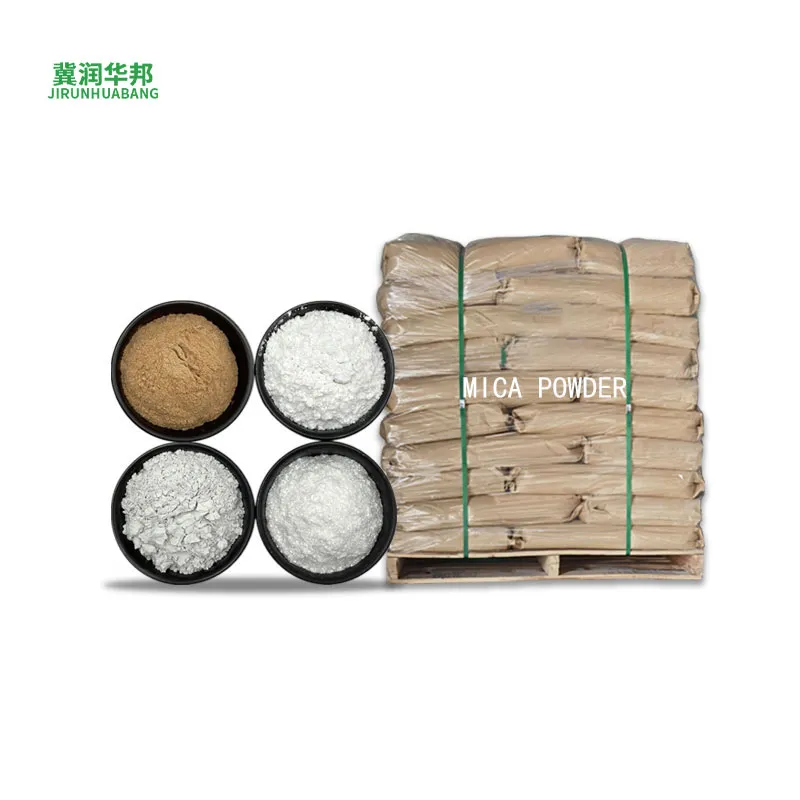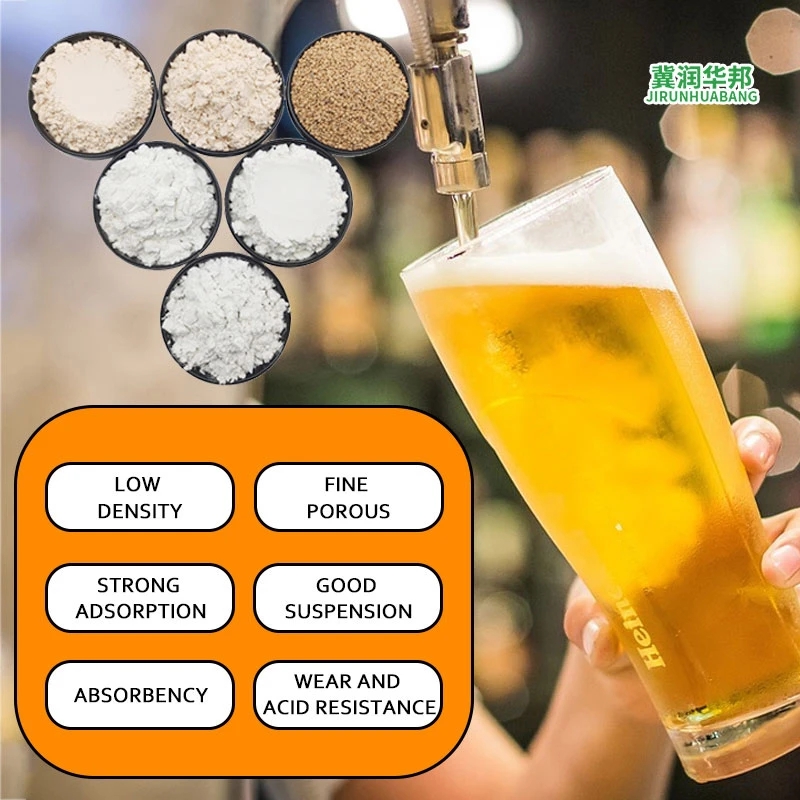what polypropylene is used for
Back to list
Mac . 03, 2025 13:37
Polypropylene, a versatile thermoplastic polymer, plays a critical role in numerous applications across diverse industries due to its distinct properties and adaptability. As a seasoned expert with years of experience in product development and material science, the significance of polypropylene in modern innovation cannot be overemphasized. It is essential to delve into the specific uses and advantages of this polymer to appreciate its impact on various sectors.
Polypropylene finds significant applications in industrial environments because of its robustness and versatility. Tanks, pipes, and fittings employ this material, benefiting from its ability to resist stress cracking and chemical exposure. Its durability makes it preferable in environments where exposure to corrosive materials is a concern. Furthermore, the construction industry utilizes polypropylene to manufacture insulation and structural panels, appreciating its balance of strength and low weight. The electronics industry also capitalizes on the benefits of polypropylene, particularly in capacitors and insulating electrical components. Polypropylene films serve as dielectrics, providing superior electrical properties and ensuring the efficient operation of electronic circuits by improving safety and performance. In consumer goods, polypropylene's influence is profound. Everyday items such as housewares, toys, and furniture often integrate this material due to its ease of processing, durability, and aesthetic flexibility. Manufacturing processes like injection molding and extrusion allow for the cost-effective production of diverse and complex shapes, accommodating both functional and decorative requirements. Environmental considerations have propelled advancements in polypropylene recycling processes, addressing sustainability concerns. Recycling polypropylene reduces dependency on virgin materials and minimizes environmental impact, highlighting efforts towards circular economy practices. Companies are innovating in creating polypropylene composites and blends that enhance performance while promoting eco-friendliness, aligning with global sustainability goals. In summary, polypropylene's contribution to product innovation and industry advancement is unmatched. Its adaptability, coupled with desirable physical and chemical properties, ensures its continued significance in confronting modern challenges across various sectors. The versatility of polypropylene presents ongoing opportunities for innovation, making it an indispensable component in the contemporary materials landscape.


Polypropylene finds significant applications in industrial environments because of its robustness and versatility. Tanks, pipes, and fittings employ this material, benefiting from its ability to resist stress cracking and chemical exposure. Its durability makes it preferable in environments where exposure to corrosive materials is a concern. Furthermore, the construction industry utilizes polypropylene to manufacture insulation and structural panels, appreciating its balance of strength and low weight. The electronics industry also capitalizes on the benefits of polypropylene, particularly in capacitors and insulating electrical components. Polypropylene films serve as dielectrics, providing superior electrical properties and ensuring the efficient operation of electronic circuits by improving safety and performance. In consumer goods, polypropylene's influence is profound. Everyday items such as housewares, toys, and furniture often integrate this material due to its ease of processing, durability, and aesthetic flexibility. Manufacturing processes like injection molding and extrusion allow for the cost-effective production of diverse and complex shapes, accommodating both functional and decorative requirements. Environmental considerations have propelled advancements in polypropylene recycling processes, addressing sustainability concerns. Recycling polypropylene reduces dependency on virgin materials and minimizes environmental impact, highlighting efforts towards circular economy practices. Companies are innovating in creating polypropylene composites and blends that enhance performance while promoting eco-friendliness, aligning with global sustainability goals. In summary, polypropylene's contribution to product innovation and industry advancement is unmatched. Its adaptability, coupled with desirable physical and chemical properties, ensures its continued significance in confronting modern challenges across various sectors. The versatility of polypropylene presents ongoing opportunities for innovation, making it an indispensable component in the contemporary materials landscape.
Share
Previous:
